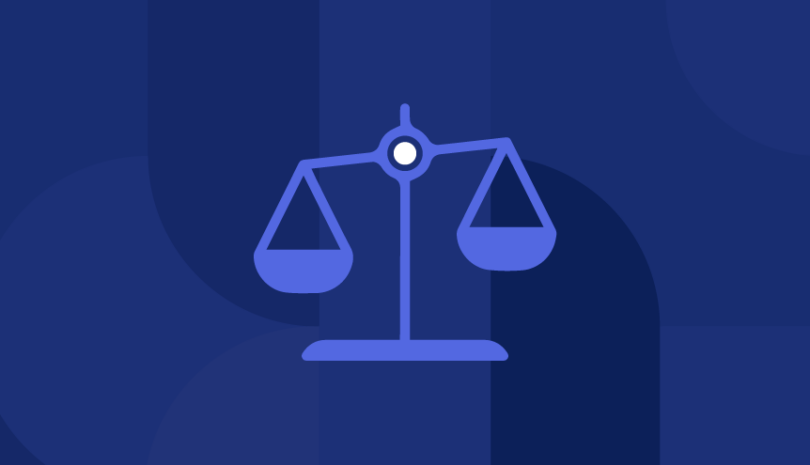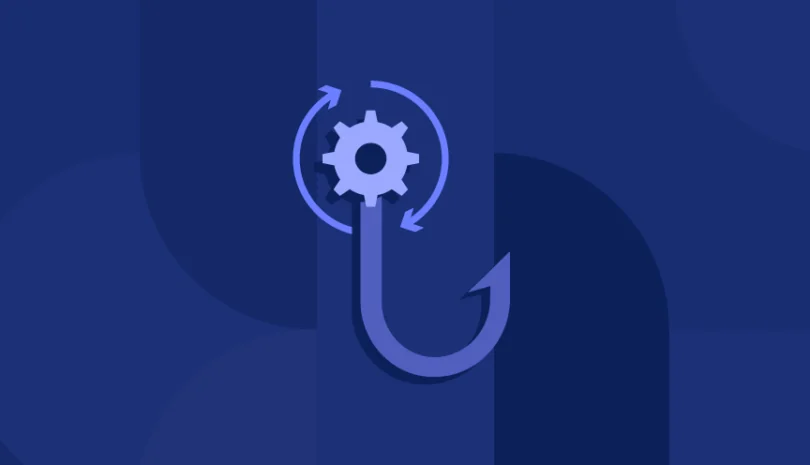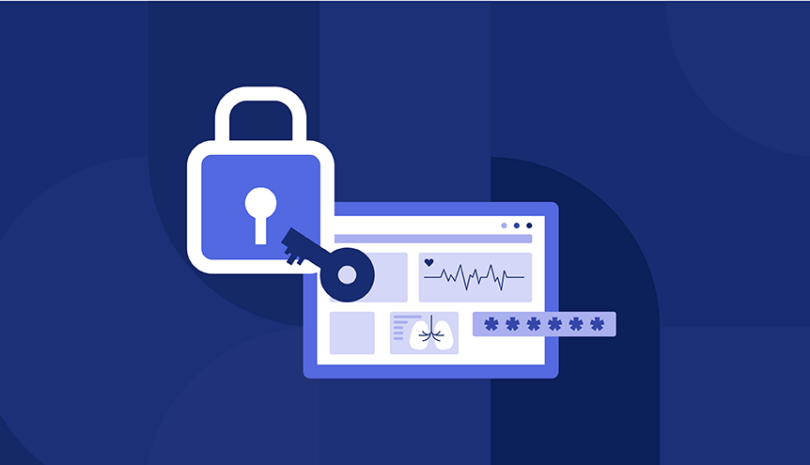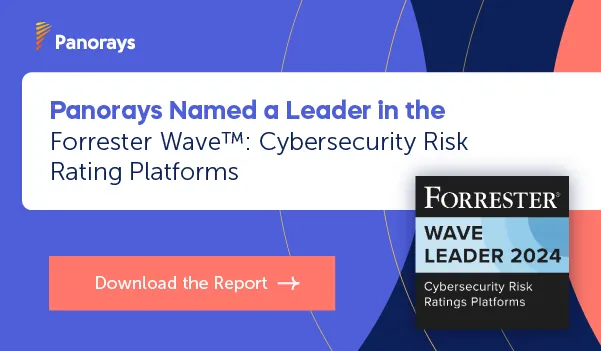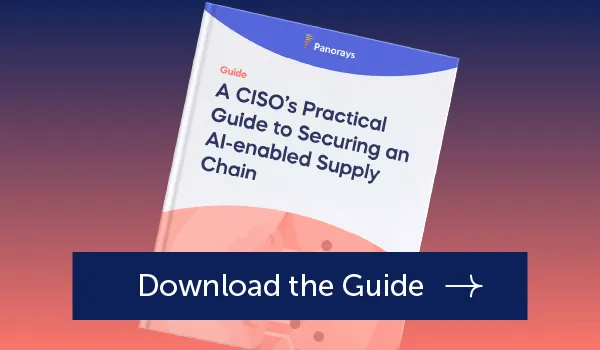Security compliance is the active steps an organization takes to protect its assets and meet internal security and regulatory requirements. This involves creating and implementing procedures and controls to ensure that the organization meets the necessary security requirements and follows best practices in safeguarding its systems, data, and operations. Security controls are the measures and mechanisms put in place to ensure that security objectives are met. They are crucial for protecting confidential information, preventing cyber attacks and complying with regulations.
Meeting regulatory compliance can be complex as it includes having to meet updated industry regulations. Security compliance is the activity an organization engages in to meet specific security standards, regulations, or frameworks that have been established to protect sensitive information and assets. Organizations evaluate their ability to meet security compliance through external audits.
What Is Security Compliance Management?
Security compliance management is the process of putting monitoring systems and risk assessment policies in place to fulfill specific regulatory requirements related to your organization.
One of the biggest challenges in security compliance management is that regulations change, requiring organizations to adapt accordingly to stay compliant, in addition to staying on top of new security threats. In addition, organizations are increasingly adopting a combination of on-premise and cloud services, making it hard to gain a holistic picture of your organization’s security risks.
Security compliance management is particularly challenging for large organizations with segments of the company located across different geographic regions. Communication challenges across the organization can increase the risk of a data breach or failure to pass a compliance audit. To meet these challenges, security and compliance teams must work together to meet security and compliance regulations.
What Are the Best Practices for Security Compliance?
Companies that achieve good security compliance management have prioritized security compliance in their organizations, educated their employees about its importance, and have set security standards for their third parties As a result of following best practices and properly managing their data, companies not only achieve effective security compliance management, but customers feel secure knowing their personal data is safe.
Here are a few best practices for security compliance:
- Create a cybersecurity compliance program. Adapting a security compliance program within your organization can assist in improved security with better collaboration across your organization, from security and compliance teams to HR, IT and the C-suite.
- Establish security controls and automate them. Good security compliance, especially in larger organizations, is impossible without automated security controls. These automated security controls help streamline adherence to industry regulations, standards, and frameworks and improved cybersecurity posture.
- Develop a risk management plan. Identify your organization’s current risks and vulnerabilities and a plan for recovery in the event of a data breach.
- Ensure continuous monitoring. New risks evolve and regulations change frequently, so continuous monitoring is essential for effective security compliance. Conduct a risk assessment regularly to stay aware of the current threats to your network and system.
What Is Security?
Security refers to the process, system and controls your organization has put in place to protect company assets, both online and offline and guard them against security threats. Security practices vary by organization and may include multi-factor authentication (MFA) or two-factor authentication (2FA), security tools such as password management solutions, and identity access management solutions (IAM). Your organization should also implement an IT security program to protect its hardware and software, wi-fi and internet connectivity, and all devices that connect to your computer systems network.
What Are the Main Types of Security Controls?
Security teams are responsible for an organization’s security and creating and implementing any controls necessary to protect information assets.
These include:
- Physical – Bioinformatics, locks, surveillance cameras, keycards
- Operational – Access controls, antivirus, anti-malware, and authentication
- Administrative – Systems and processes developed for using computers and networks (e.g. only allowing employees to work from company-owned devices)
A security team might also use information security management systems (ISMS) to manage an organization’s sensitive data, ensure data protection, and minimize the impact of any security breaches.
What Is Compliance?
Compliance refers to the process your organization takes to meet regulatory requirements set by industry standards. Although implementing the right compliance measures makes it less likely that your organization suffers a data or security breach, it is important to understand that compliance does not equal security. Security compliance management helps bring the two together to achieve both security and compliance.
Regulation and Standard Requirements
Compliance teams are responsible for ensuring that an organization meets the specific industry regulations required by law. Organizations can achieve compliance by establishing a proper cybersecurity compliance program with their compliance team. IT security frameworks and standards can help organizations comply with regulations and protect company data.
Examples of well-known compliance regulations for organizations include:
Sarbanes-Oxley Act (SOX)
A federal law passed in 2002, the goal of SOX is to reduce corporate fraud. It introduced regulatory requirements for which financial records a company must store and the length of time required to store those records.
Health Insurance Portability Accountability Act (HIPAA)
Healthcare organizations, insurance companies, people, or businesses that deal with protected health information (PHI) are subject to HIPAA regulation. It aims to protect health information (PHI) from unauthorized access and use by malicious actors for attacks. HIPAA also sets standards for how an organization should respond to a data breach.
A well-known standard for payment organizations includes:
Payment Card Industry Data Security Standard (PCI DSS)
PCI DSS was created in 2006 by the major credit card industries at the time to develop a regulatory standard in the payment industry. Although it is not an industry regulation, merchants and service providers that process, transmit, or store cardholder data must comply with the PCI DSS standard.
In addition to the main regulations and standards above, there are also elected frameworks organizations use to help meet specific standards. Organizations use these frameworks to signal to other companies that doing business with them is worthwhile because they adhere to a high level of cybersecurity.
Here are two of these elected frameworks:
- The International Organization for Standardization (ISO). ISO has released over 22,000 security compliance frameworks, the most famous of which is ISO 27001, which addresses compliance for information security management systems.
- National Institute Standards Technology (NIST). NIST is a part of the United States Department of Commerce and is responsible for establishing frameworks for information systems. The most common standard is the NIST cybersecurity framework which is responsible for dealing with cybersecurity threats. NIST encryption standards are used to encrypt sensitive data and are used by many businesses and the federal government to provide the highest level of security for data protection.
How Are Security and Compliance Interconnected?
Before we understand how security and compliance work together, we must ensure we understand the key differences between them. Security is the process your organization adopts to protect data and assets, while compliance ensures that your company meets the regulatory standards for your industry. Security professionals should work together with compliance teams to achieve both simultaneously since they are both essential tools in risk management.
It is possible, however, for an organization to have security measures in place while not checking the compliance box. For example, the security team may have been careful to establish controls such as multi-factor authentication which is a requirement for PCI DSS, but still fail to meet compliance for the industry due to data storage practices.
The opposite is also true. A compliance team may be careful to meet industry standards such as PCI DSS, but not adopt the proper security measures to protect your organization from data breaches and other external risks. Both security and compliance strategies are necessary and the two departments must work to achieve both together.
Why Is Security Compliance Important for Your Organization?
Good security compliance helps defend your organization against data breaches and prevents you from having to pay fines, which can be as high as $1.9 million for organizations not complying with HIPAA, and $100,000 a month for those not complying with PCI DSS.
There are also several additional benefits:
Creating a culture of security
Effective security compliance stresses the importance of security and compliance throughout your organization, from the C-suite through HR and the IT department. Employees are educated about security risks, given a high-level explanation about the systems put in place to defend against data breaches, and asked to be vigilant about security risks and preventing security incidents.
More efficient data management policies
For example, GDPR, a regulation in EU law on data protection and privacy, requires organizations to know what type of customer data they store and where it is stored.
Improved operational management
Better data management also means that organizations can identify patterns to discover how employees use technology and comply with security programs, and if they should be adjusted in response. Having a better understanding of this type of data may also help organizations gain better insight into their business processes.
Gain trust from customers and third parties
Not only do data breaches result in operational costs and hefty fees, but they also damage an organization’s reputation. When organizations have good security compliance, they attract better customers and third parties that want to do business with them.
Ensure your security compliance today
Register for your Free Starter Account today and start building cybersecurity trust with your third parties while ensuring their adherence to regulations and standards that are essential for your organization.
FAQs
Security compliance management is the systems and policies an organization establishes to meet regulations required by its particular industry. These processes include monitoring systems, risk assessment, and putting controls in place to ensure an organization’s devices, systems and network are in compliance with industry standards.
Security compliance is the active steps an organization takes to protect its assets and meet internal security and/or legal requirements. Security compliance pushes organizations to take cybersecurity seriously and follow best practices concerning their systems, data, and operations.
Security compliance is critical to organizations because it helps them:
* Defend against data breaches and avoid significant fines
* Improve operational efficiency
* Achieve more effective data management practices
* Create a culture of security across departments
Security compliance best practices include:
* Establish a cybersecurity compliance program – Having a cybersecurity program in place can facilitate better cross-collaboration in an organization. It should include which regulations, standards, and frameworks your organization must comply with and how it will achieve this.
* Put security controls in place and automate them – This is particularly important as an organization expands to include more employees and third parties.
* Develop a risk management plan – Identify current risks and have a plan in place in the event of a data breach.
* Ensure continuous monitoring – Risks and threats are evolving constantly, so having a monitoring system that includes ongoing reports and alerts is crucial.

